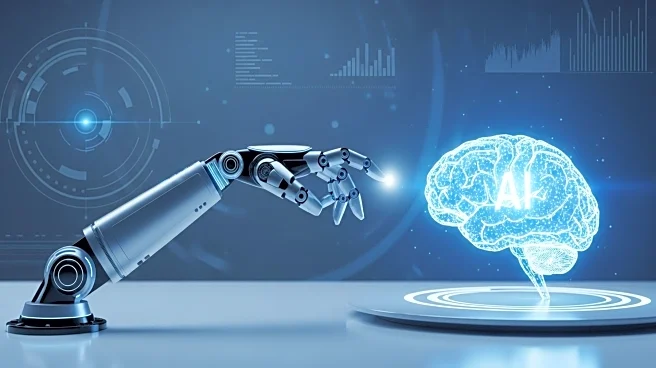What's Happening?
Goldman Sachs research indicates that artificial intelligence infrastructure spending has boosted 'true GDP' by $160 billion since 2022, though only $45 billion is reflected in official government statistics. Meanwhile, long-term unemployment remains a growing problem, with over 1.9 million U.S. workers unemployed for 27 weeks or more as of August 2025. This signals a stagnating labor market, with fewer new positions and increased hiring hesitancy.
Why It's Important?
The economic impact of AI highlights the transformative potential of technology in driving growth. However, the challenge lies in accurately measuring and reflecting these gains in official statistics. Long-term unemployment poses significant risks to economic stability, affecting job seekers and contributing to a stagnating labor market. Addressing these challenges requires a focus on inclusive hiring practices and investment in skills development to support economic growth.
What's Next?
HR leaders and policymakers may need to confront biases against candidates with employment gaps and invest in skill development to address long-term unemployment. The integration of AI in the workforce presents opportunities for growth, but requires strategic investments in upskilling employees. The focus on inclusive hiring practices and technology-driven growth will be crucial in navigating economic challenges.
Beyond the Headlines
The intersection of AI-driven economic growth and long-term unemployment highlights the need for systemic changes in workforce strategies. The reliance on technology and the impact of automation on job availability require a reevaluation of hiring practices and skill development initiatives. Addressing these challenges is essential for ensuring a resilient and inclusive labor market.










